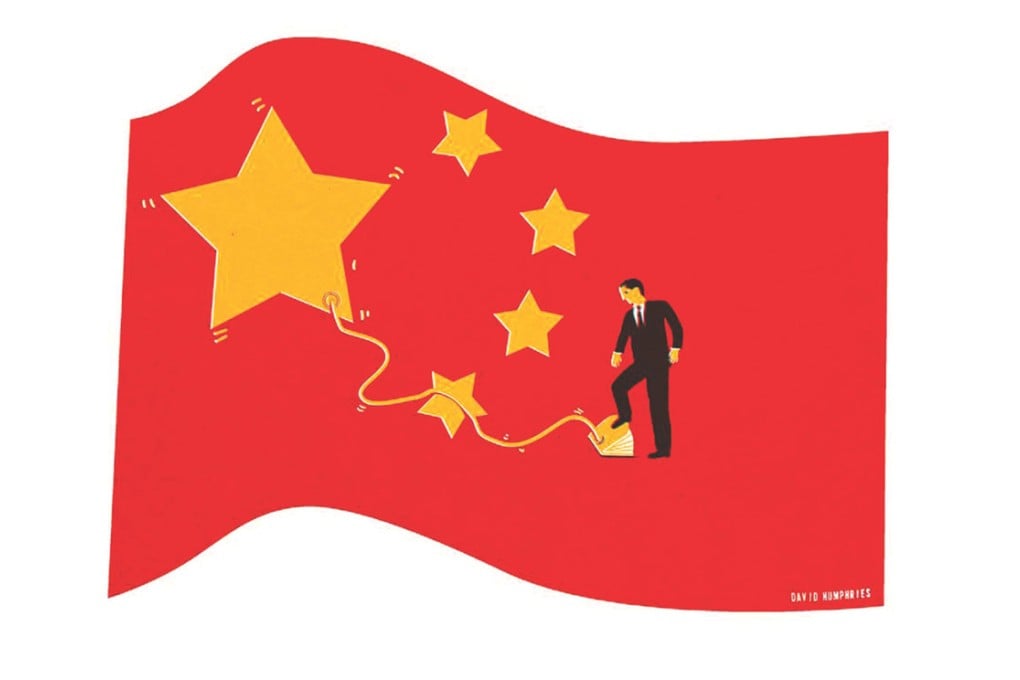China must upgrade growth strategy to avoid economic stagnation
Zhang Jun says Chinese leaders need to have the vision and courage to revise its current growth strategy, which has so successfully relied on exports, if it is to achieve high-income status

It is widely agreed that economic development means more than GDP growth. As China is now learning, one does not guarantee the other. Unless China's leaders upgrade the country's growth strategy to stimulate technological progress and structural transformation, high-income status will continue to elude the world's second- largest economy and most populous country.
To be sure, China's growth strategy has led to some structural change. As labour and capital moved from low-productivity sectors and regions to high-productivity activities, resource allocation became more efficient, real wages rose, and the economic structure was upgraded.
But the growth strategies that lift a poor country to middle-income levels cannot be counted upon to propel it to high- income status. Indeed, there is no shortage of countries whose leaders have failed to recognise their strategies' constraints and provide enough incentives to encourage the emergence of a new one, causing their economies to stagnate.
Perhaps the most notable exceptions to this rule have been in East Asia, where four economies - South Korea, Taiwan, Hong Kong and Singapore - responded to external crises and challenges by shifting their growth strategies. For China, whose growth model has so far resembled that used by these economies before they attained middle-income status, a similar shift is urgently needed.
As the late Yale economist Gustav Ranis observed nearly 20 years ago, the key to successful and sustainable development is "avoiding the encrustation of ideas". For Chinese policymakers, this means recognising the need to abandon some of the fundamental ideas that underpinned the economy's past growth, before they become so firmly encrusted that they jeopardise the country's development prospects.
The first problem is China's enduring dependence on exports. In the early stages of economic development, almost all growth strategies boil down to trade strategies. But China's export-led growth model has limits - and the country is reaching them. Unless change comes soon, the foreign-exchange regime and capital controls on which the model relies will become too deeply entrenched.
Another risk is that China's leaders continue to delay efforts to expand the services sector - including finance, insurance, wholesale and retail trade, and logistics - in the hope that the economy can continue to depend on manufacturing. Given how difficult it can be to gain support for such efforts, especially compared to policies aimed at boosting manufacturing, liberalisation and expansion of the services sector will require a strong commitment from China's government. Here, Japan's failure in opening up its services sector - which impeded its ability to adapt to its declining demographic dividend - can provide much-needed motivation.
